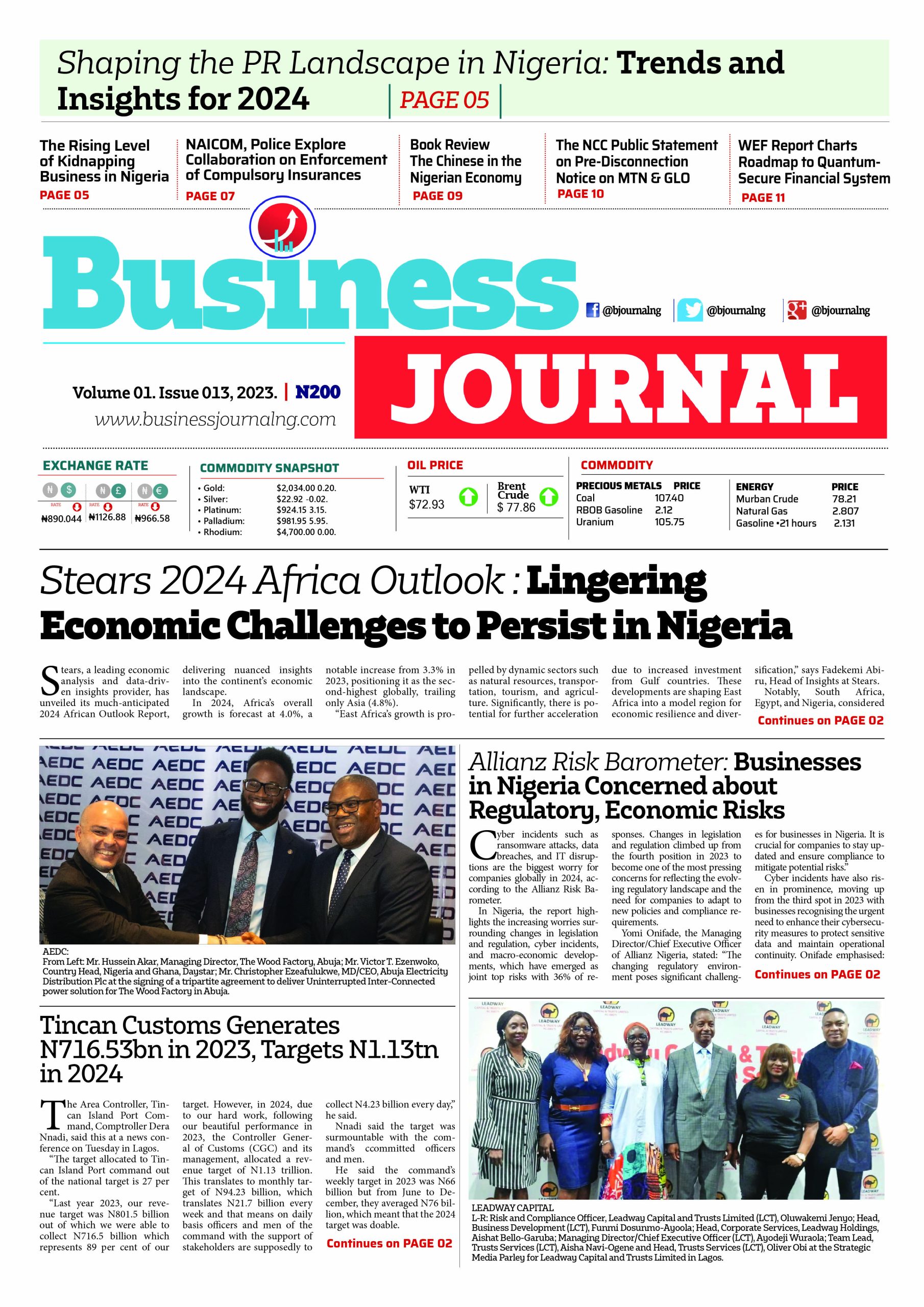When you recognise that women are not just the majority but actually the vast majority of consumers, and that their power is only going to increase, it completely changes the commercial urgency of getting to grips with women buyers.’
In a day and age when everyone can buy almost anything from anywhere, the “feelgood” factor at every customer touchpoint has never been more important. Youth is Not What it Appears to Be While many marketers still seem obsessed with talking to Gen X and Y consumers, and still think of them as the longest term market worth tapping, the most powerful women financially are often past their youth.
Baby boomers are the largest generational demographic in the world, and, amongst this group, women outnumber men and often financially ou tmuscle them. That makes them an extraordinary marketing opportunity – and not just for age-defying beauty products. While Dove has done a market-leading job of targeting these women, using a combination of cause (natural beauty) and products that unabashedly target those who are secure in their life stage and identity, it’s easy to forget that this same group account for more than half of the total US consumer electronics spend. That’s around $55 – 60 billion a year! Yet many of these women buyers still feel unacknowledged in terms of product design, advertising and customer support.
A study of women shoppers in the UK showed 35 percent of female internet users polled said they would increase their spending on consumer electronics if marketers and retailers thought harder about how they approach them and offered more guidance in stores and on e-commerce sites. The same study showed one in two women walk out of shops and leave websites without buying anything because they’re unable to find what they want. One third of women do not feel confident enough to ask questions in technology stores. Almost one in three women do not consider technology advertising relevant to them.
These figures represent an extraordinarily large and valuable group of disenfranchised buyers, and therefore potentially swing buyers, who believe their needs are not being recognised, never mind met. Securing just a tiny fraction more of that market would be a coup worth millions and millions of dollars in a sector renowned for its competitiveness.
The Implications for Interaction, Both Online and Offline, are Obvious Women baby boomers are a group who, trendspotters say, will continue to travel more, who are highly motived to continue working and therefore earning after retirement, that are amongst the highest proportion of internet users, and who are likely to be in charge of unprecedented wealth.
All of this makes them a substantial force to be reckoned with, and an audience that marketers need to be talking to with enthusiasm and intelligence. It’s time marketers woke up to the fact that “older” women’s wallets are a huge influence in almost every sector, and that many of these buyers have been marketed to for long enough periods of time to have seen, and grown tired of, the tricks that used to work.
New times and new dynamics require fresh approaches. These are not “old ladies”. They are young-at-heart market drivers looking to get more out of every ounce of life. This is also a group with strong community motivations and a much more ethical take on what they will purchase. Corporate social responsibility continues to assert more and more influence, as consumers become increasingly aware and politicised around their spending dollar and look to spend money with brands that express points of view that they concur with.
Marketers need to recognise that more and more they are dealing with morally motivated consumers who want the world to be a safer, fairer, cleaner, more stable place, and want to see that vision reflected in the products and services they buy and the opinions articulated by the companies they buy from. Cause is an increasingly powerful motivation because it appeals to women’s inspiring sense of fairness and social justice – something Anita Roddick recognised literally decades ahead of most.
In more recent times, it’s been fascinating to witness more and more people – women, generally – in my workshops saying that a products are about more than just what they get.
Just as brands say something about who they are as a buyer in terms of personality, so choice of product is coming more and more to be a statement about a person’s wider awareness.
Consumers are increasingly asking new questions – ethical questions, source questions, environmental questions – and manufacturers will have little choice in coming times but to address these, not as a compliance requirement but as a competitive opportunity.
It’s easy, in the light of various debacles, to see these only as purity concerns. Food miles and country of origin labelling are two examples of how buyers are demanding to know more about what they buy for themselves and those they love, and to satisfy themselves that in doing so, they are not condoning child labour or slavery.
You can be sure though that what may be happening now in the supermarket will soon spread to the wider high street as women use the power of the purse to push for issues that matter to them, like fairer trade. But I think it actually goes further than that. In an insightful post on HBR, Nilofer Merchant makes the point that purpose also pulls people into communities, and that these communities, powered by social media, are also shifting the relationship between organisations and individuals.
Perhaps they are right-sizing it – in the sense that consumers have now found a simple and immediate way to galvinise, achieving a critical mass that noticeably increases their influence. As Merchant points out, “The social era will reward those organisations that understand they can create more value with communities than they can on their own.”
She goes on to identify five types of community: communities of proximity, where participants share a geographic location; communities of passion, brought together by common interest; communities of purpose, who want to build or change something together; communities of practice, where people share a career or participate in the same type of business; and communities of providence that allow people to discover connections with others.
This concept of working with consumers as communities represents not just a change in the dynamics of the relationship but potentially new ways for brands to collaborate with buyers. It’s moot as to whether social media generated this shift in power or facilitated a change already put in play by the increasing influence of women in the economy.
However it happened, it’s important. Beyond Cliches No-one’s suggesting for one moment that things are perfect. Far from it. Women are still paid less for the same or more work, and a robust, fair, working mother business model is still just a dream for many women even in supposedly advanced economies. But the sheer numbers of women in or returning to the workplace, and the influence they have over the wider economy, gives me confidence that tipping point dynamics will prevail over the medium term.
In their advertising, marketers should be applauding and celebrating the versatility, flexibility, organisational skills, productivity and multi-tasking abilities of women – not looking backwards to convenient clichés. Why, for example, do so many of them believe that the only way to talk to women in the home is to fill their ads with women in “traditional” roles, and why do they assume that the woman who is home looking after her sick child this morning won’t be in a boardroom, or on the phone this afternoon making decisions worth thousands, perhaps millions, of dollars?
They continue to cram their marketing messages with images that are increasingly at odds with reality in the mistaken belief that by doing this, they’re being safe and uncontroversial. In point of fact though, formulaic, predictable, glib marketing is a blunted tool, and the audience turn-off rates reflect that. Women, quite rightly, feel they have earned the right to be represented in ways that show the extraordinary economic gains they are making.
More importantly, the aspiration and loyalty opportunity for smart marketers is huge. Showing women of all ages and sizes in their advertising, showing women in leadership roles, showing women as entrepreneurs, women of different races, even different religions – these are all examples of how smart marketers can not only celebrate and endorse their biggest market, but also telegraph empathy, commitment and confidence.
Time for a Rethink Many brands remain curiously out of step. Banks, insurance companies, credit card companies and financial planners should be targetting women far better and far more specifically than they currently do. Power companies and phone companies aren’t even across the idea for the most part (and yet women are the very people paying their bills).
There should be many more women in the building industry. The computing industry is still a mainly-male business. The list goes on … There can be little doubt that as women become even more aware of their financial influence and economic strength that the ‘push’ dynamics of a few will become the ‘pull’ dynamics of the many, as women demand more respect, attention and business done their way.
Organisations will have no choice but to re-gear their cultures and adjust their decision making when pressure turns to shove on the bottom line. That means not just new attitudes to female customers, but new service models and ways of selling that gel with the way women like to buy.
Fara Warner again – “A lot of companies have paid lip service and said the right things about what they were going to do for women. But they never really followed through with what had to be done in terms of corporate culture to get the company to really re-think the way it sees women. Not just how one or two people inside the company see women, but how the whole company focuses differently on this market.”
Gunelius’ comment about how to appeal better to women online seems to me to have a wider application that all marketers should be listening to. “Building brand trust is critical to brand success, and social media gives companies the ability to do exactly that. It’s an opportunity that can also drive sales that still has room to grow. Brand managers should focus on creating diverse content that’s useful, trustworthy, transparent, and visual …”
The influence of women on almost all aspects of branding is there for those that care to look. There’s nothing to suggest it won’t continue at a pace. That’s why organisations in my view need to address the economic power of women astutely and smartly, and respond to femonomics with even more enthusiasm and resource commitment than they have thrown at globalisation. That’s about a whole lot more than adding a new range of pretty colours to the product lines.
Source: markdisomma.com







